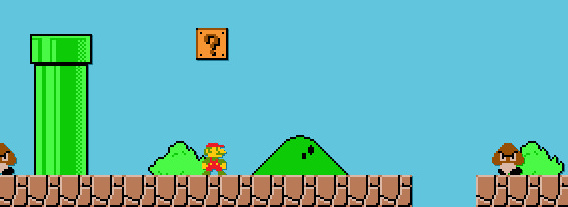Quick Tip Wednesday: How to Set Up a Gratitude Month
Welcome back to Quick Tip Wednesday!

In this series, we're delving into the world of gamification. This week, we'll be focusing on how games provide hands-on opportunities for learning.
You might remember the proverb made famous by Jack Nicholson in The Shining: "All work and no play makes Jack a dull boy." But the reality is that play and work can be one in the same. (If you're sitting amongst a pile of ungraded papers, we understand if you disagree!) Aside from making fun, animals, babies and even adults play to learn--even if it's not necessarily a conscious decision.
Think back on your childhood: what did you learn while playing pretend? Perhaps social skills, and a way to make sense of the grown-up world around you. Battleship? Plotting coordinates. Climbing trees? Gross motor skills. The same goes for animals. In a 2013 BBC article, ethologist Robert Fagen explains that some animal play is a form of practice. "The distinctive aspect of playful practice and learning is that they are generic and variational, requiring varied experiences and stressing interactions between simple components."
Gamification fulfills basic psychological needs, including competence and social relatedness. "Every human strives to feel competent when deliberately influencing the environment they interact with," and has a "basic desire [...] for coherent integration with the social environment." Unlike in "sit-n-git" professional development, gamified learning allows educators to interact directly with subject matter, while experiencing collaboration and friendly competition.
Gamified learning can be truly transformative when it is used to encourage real-life application. While gamified platforms can be useful, learning should not exist solely in a virtual vacuum. Learners should be rewarded (if not required) to exercise their new skills in order to "advance" to the next level.
.png)
Welcome back to Quick Tip Wednesday!

Mid-Year Reflection: Your Secret to a Stronger Second Semester
A great way to get your learners engaged in your Alludo program is by keeping the content in your program up-to-date and relevant. Rebecca has...